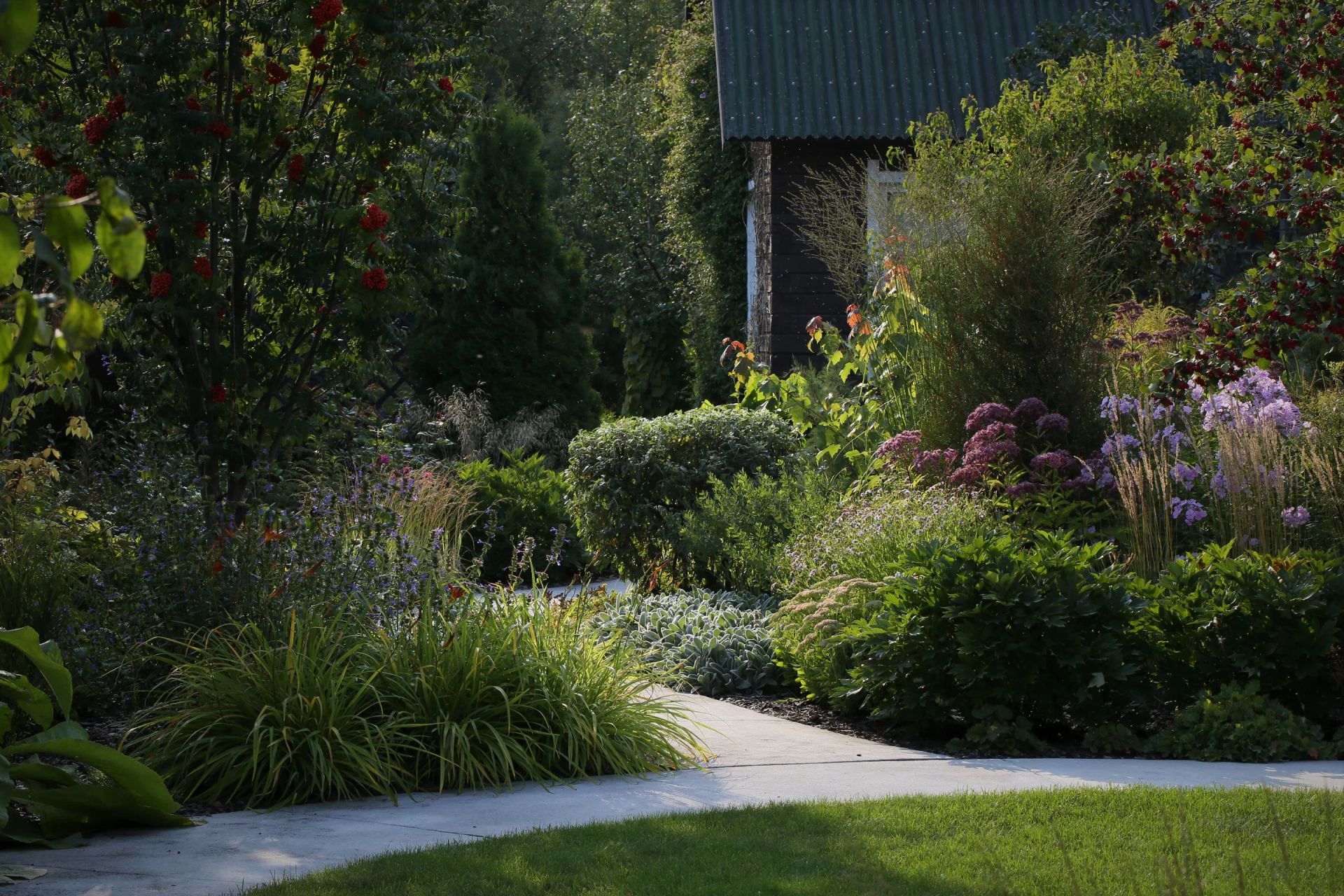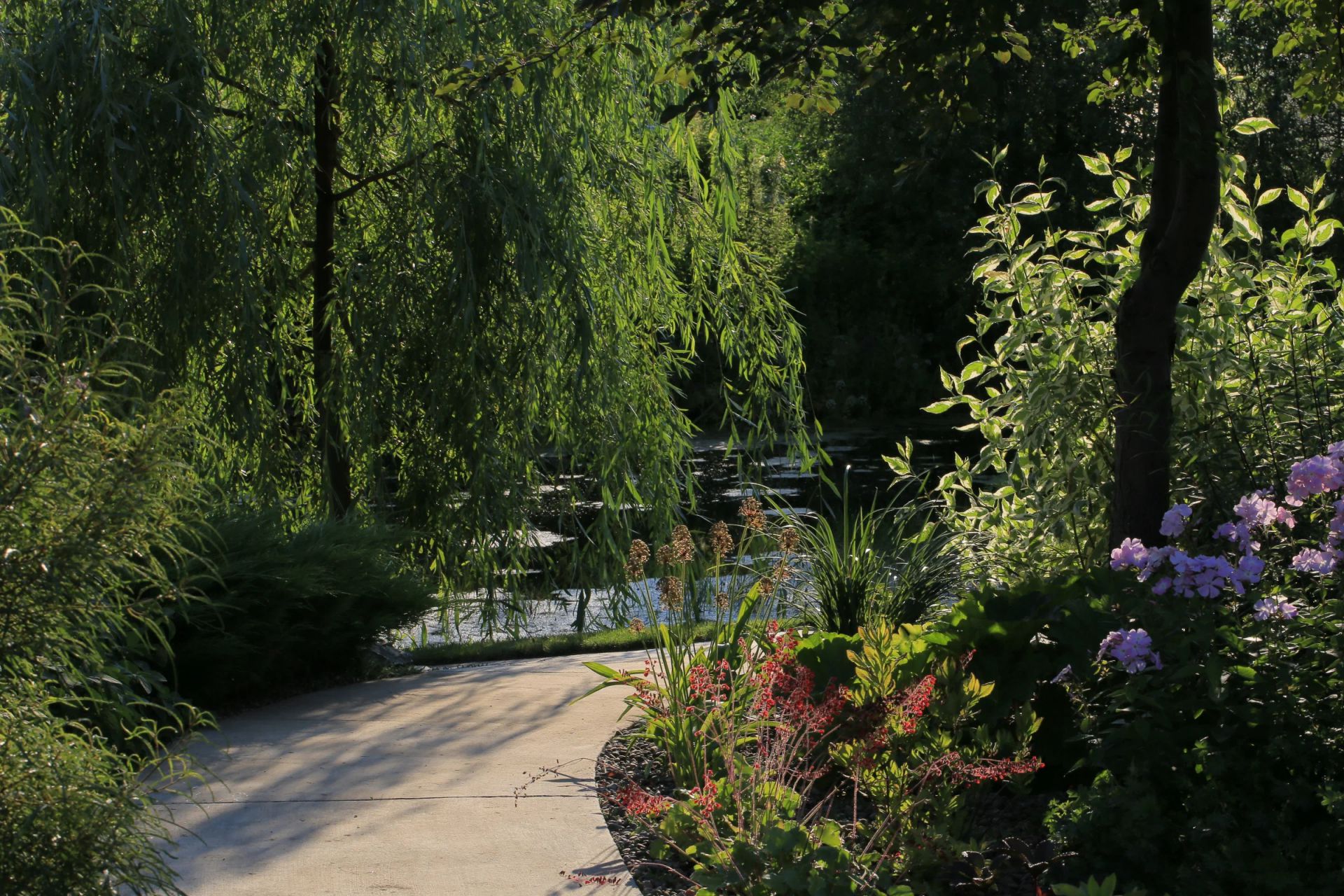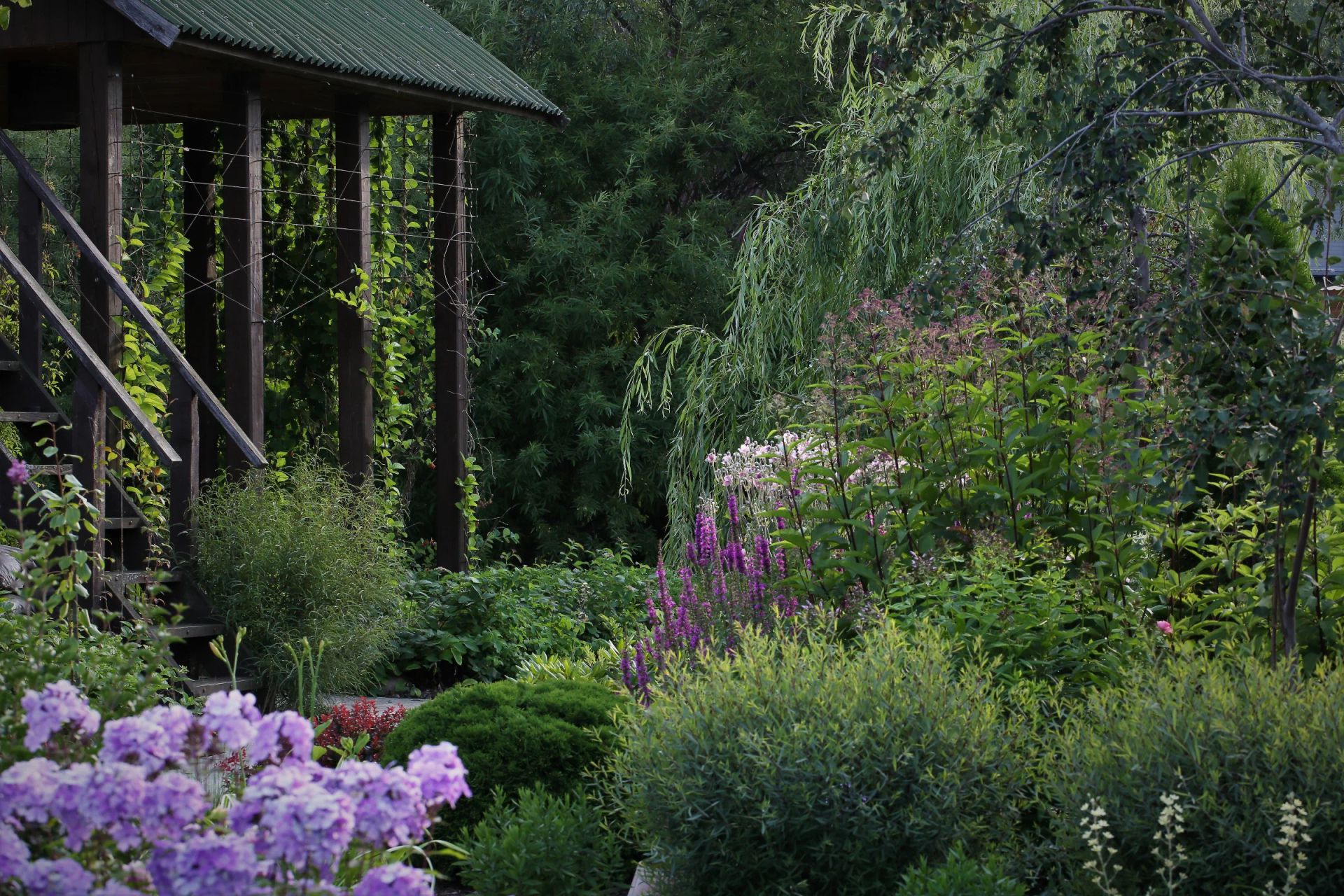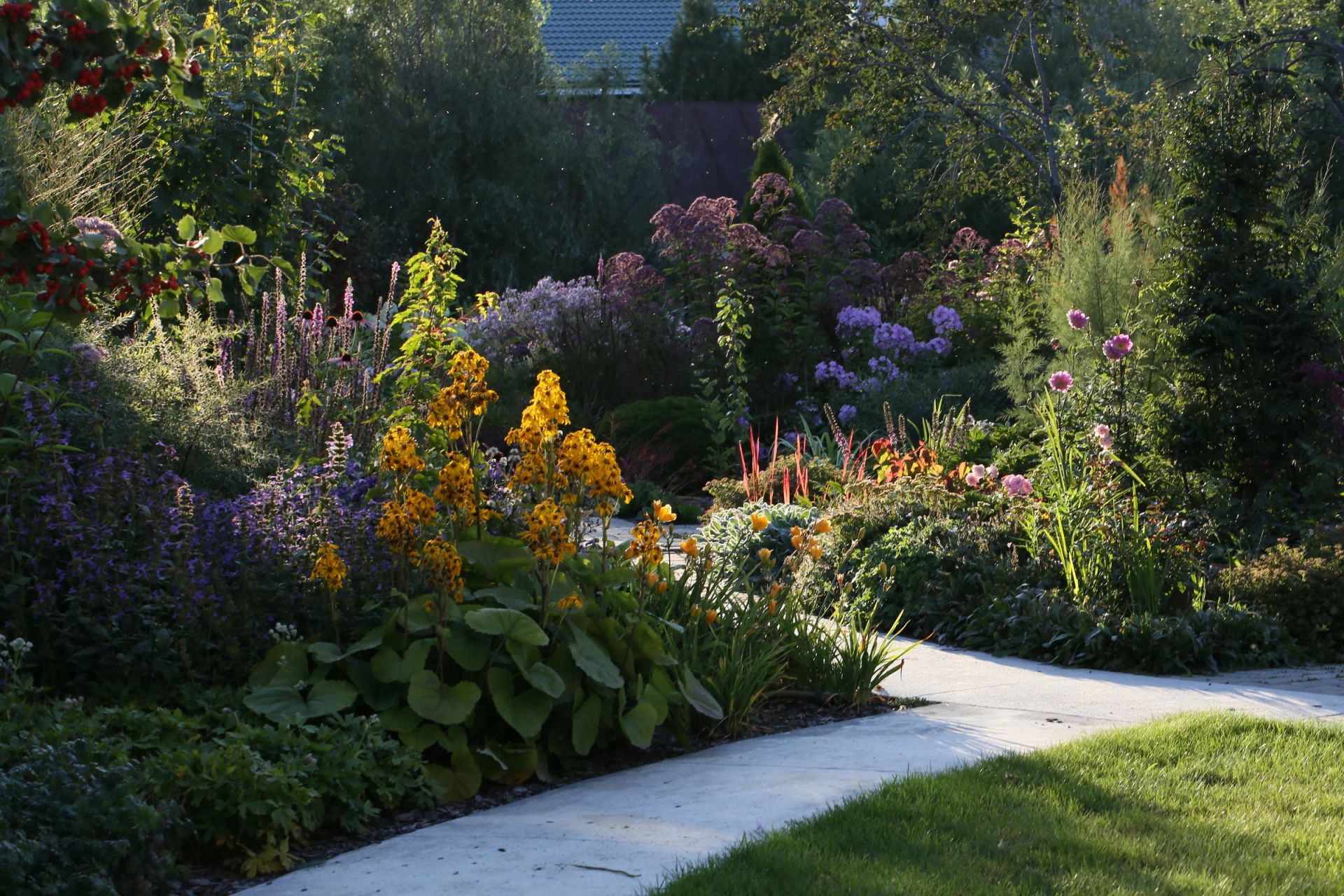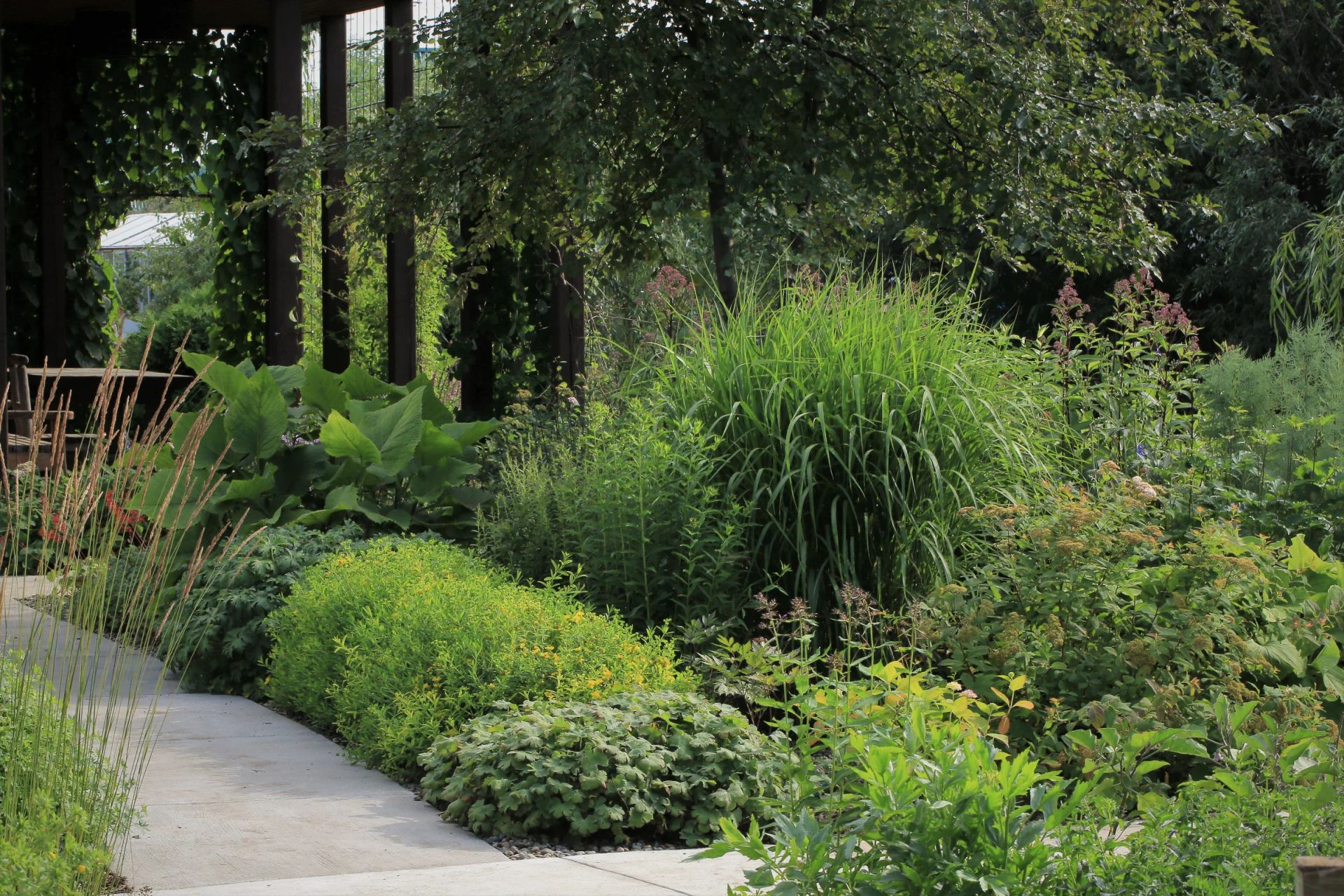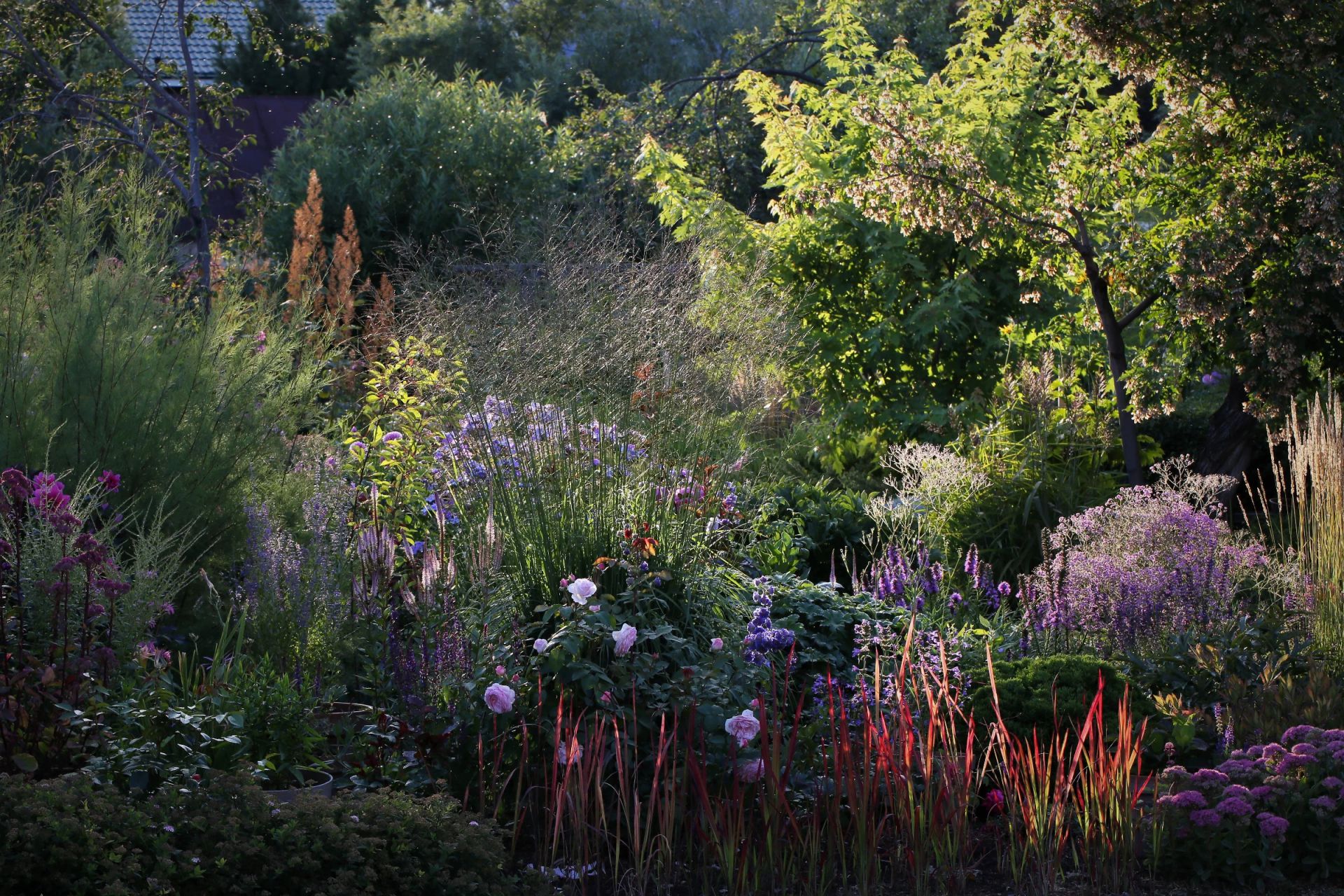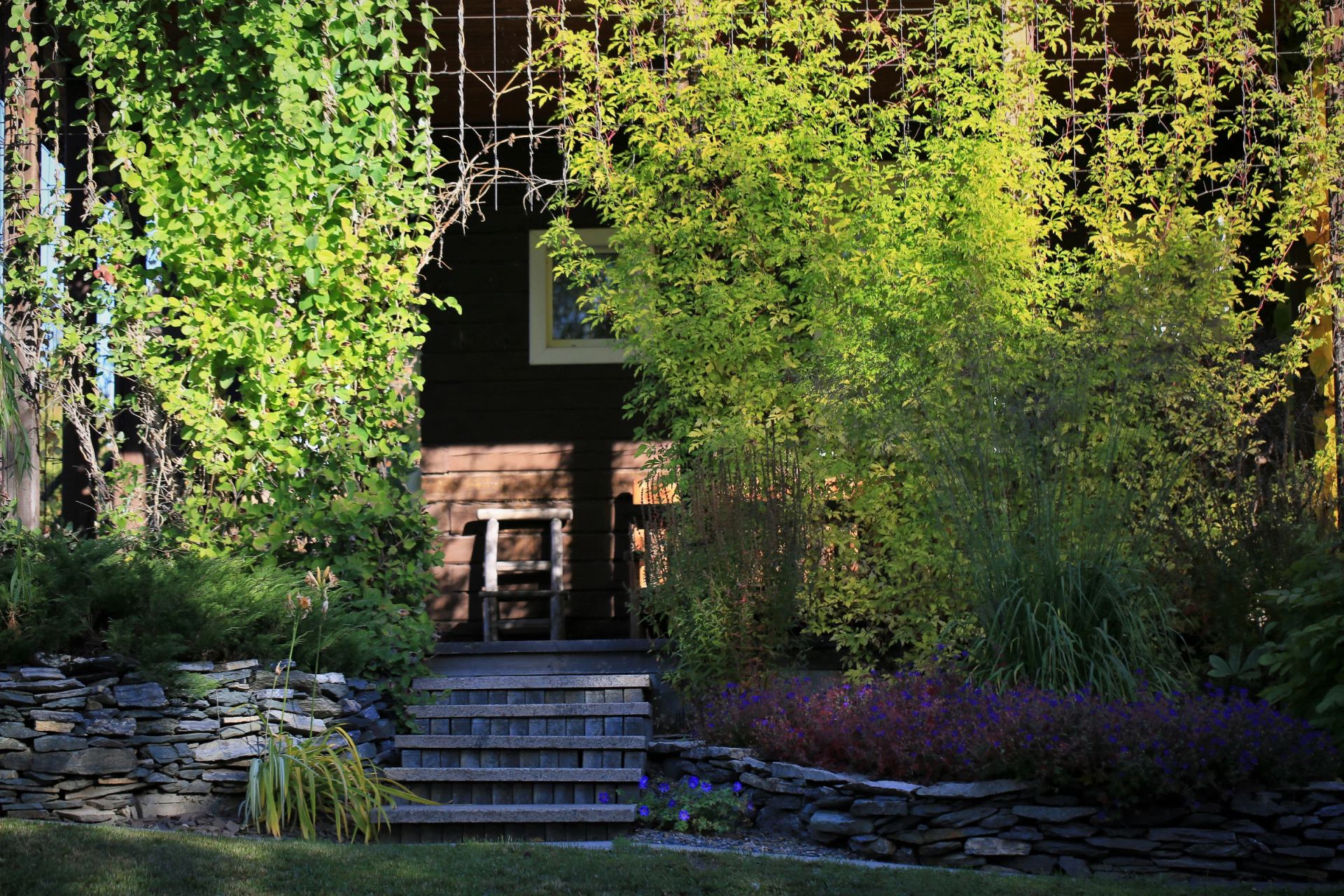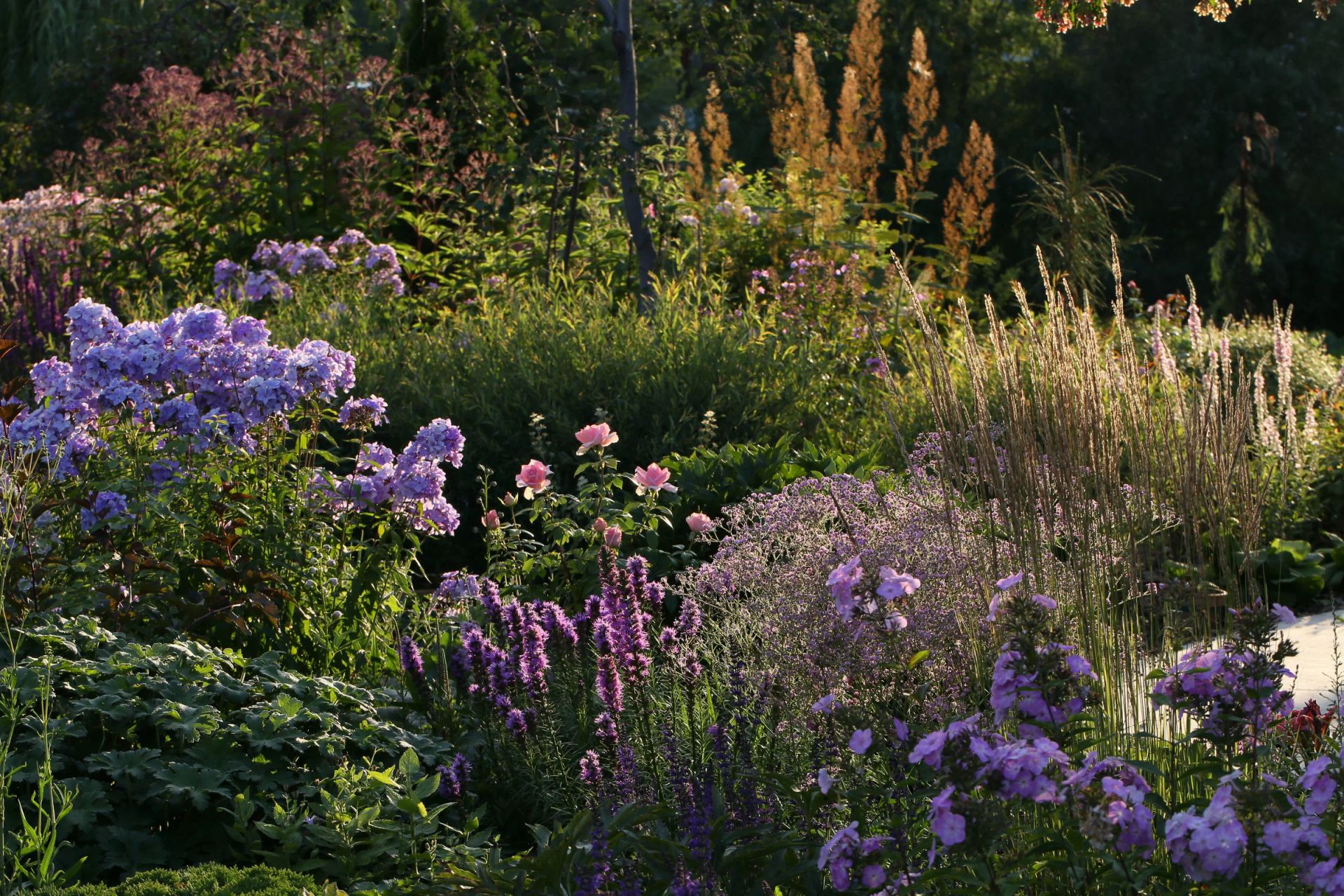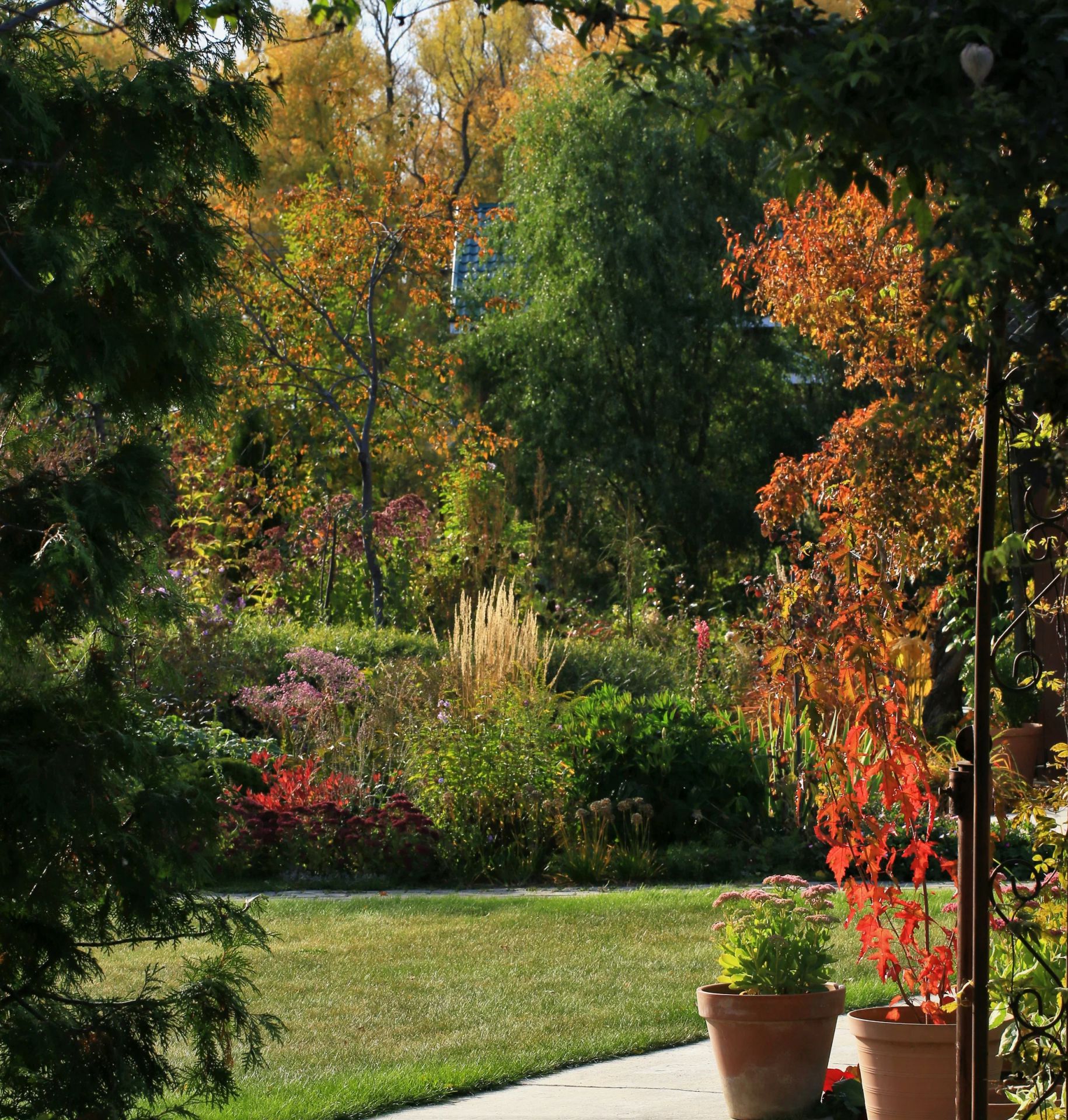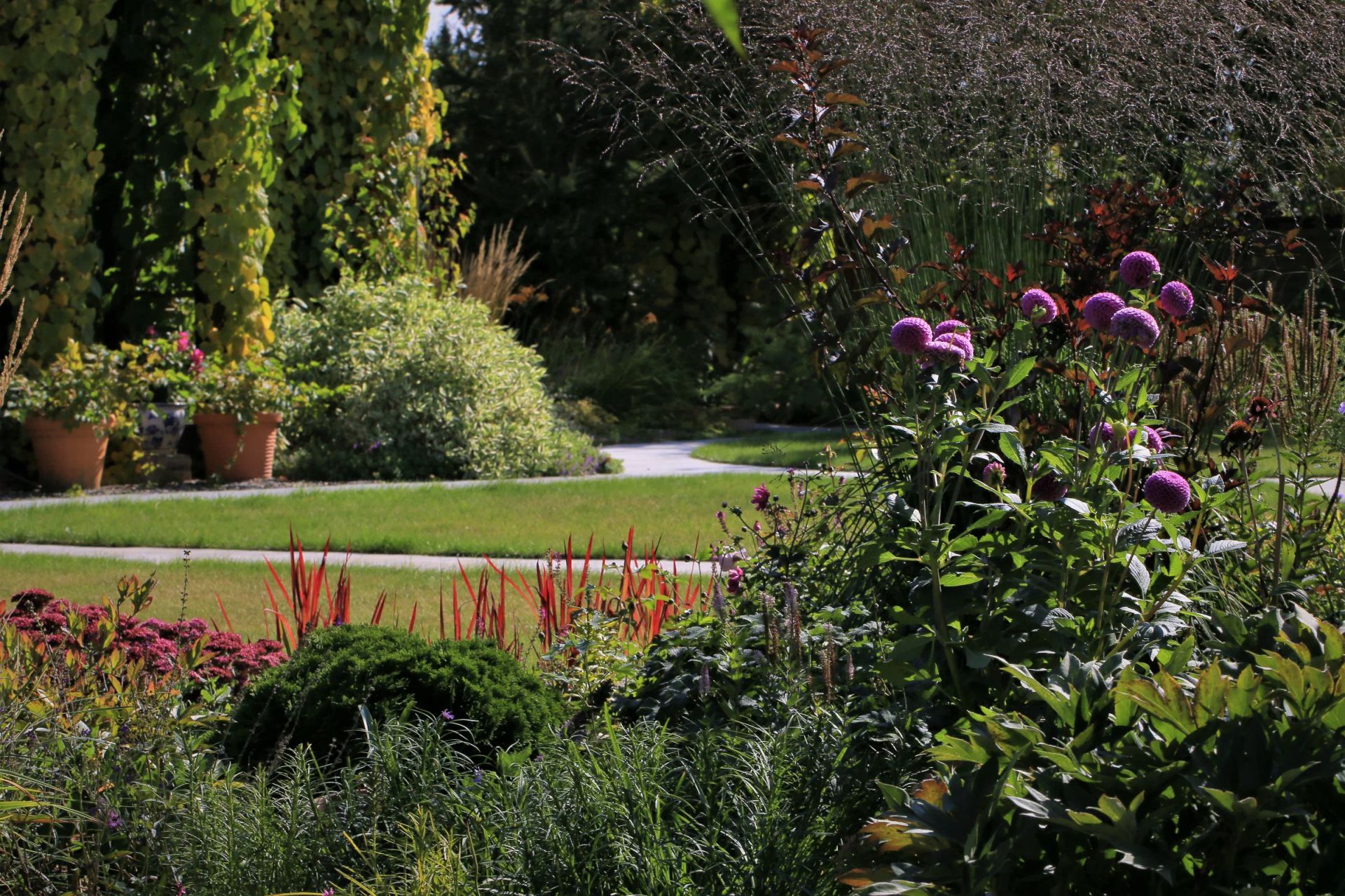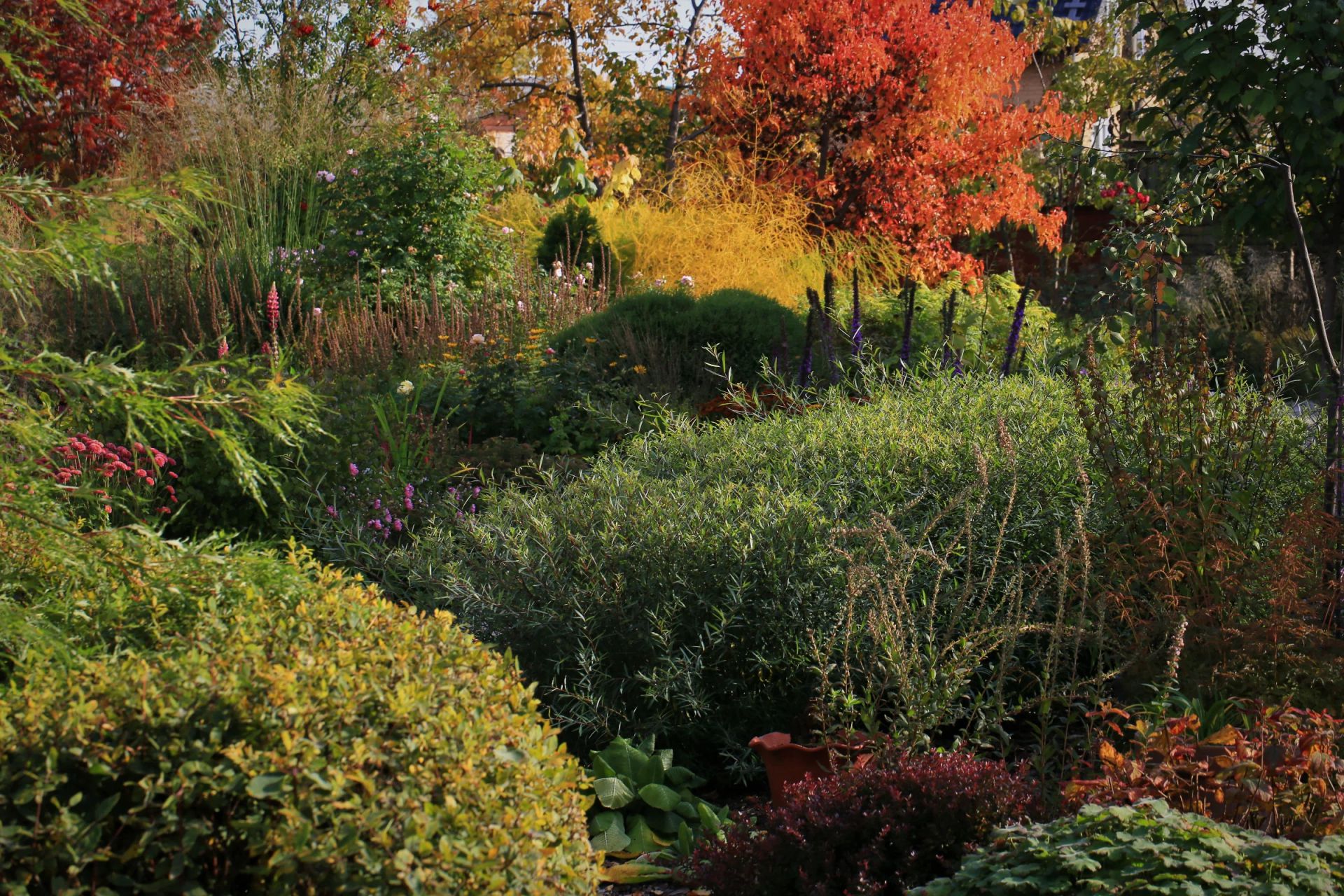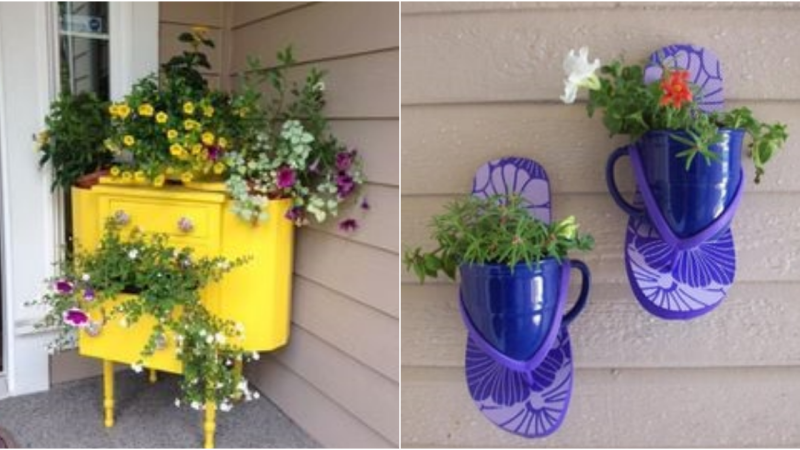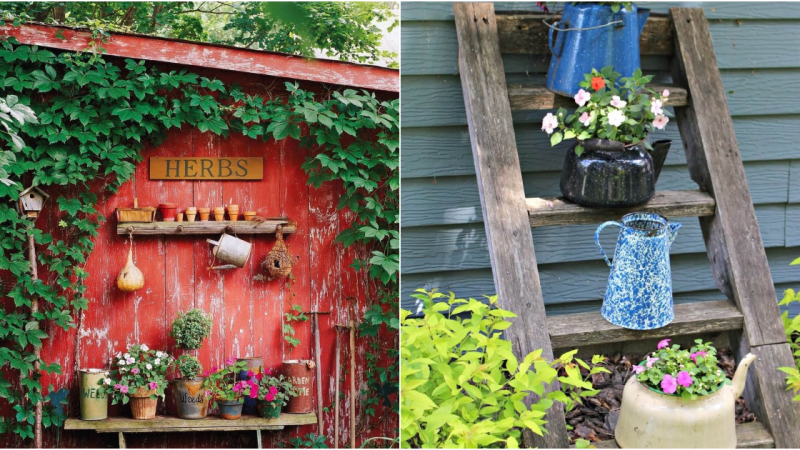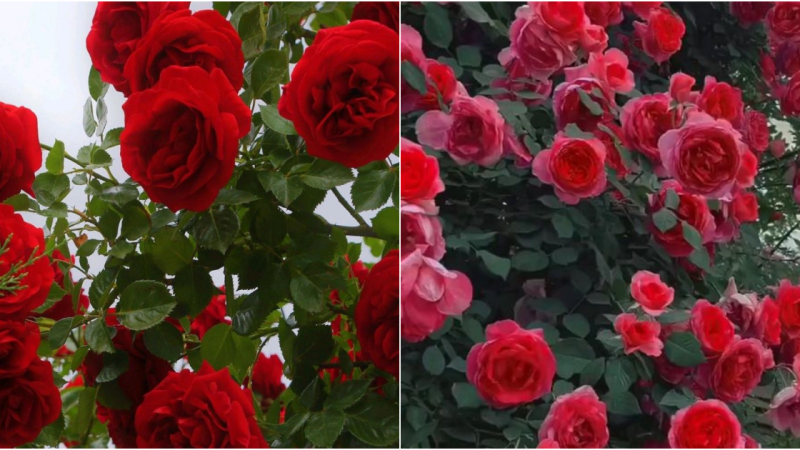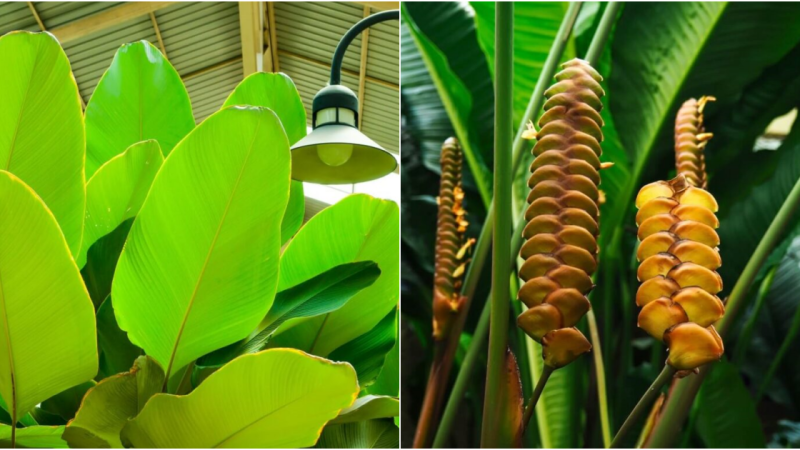Creating a Breathtaking Natural Garden: Vladimir and Liliya Maltsev’s DIY Masterpiece
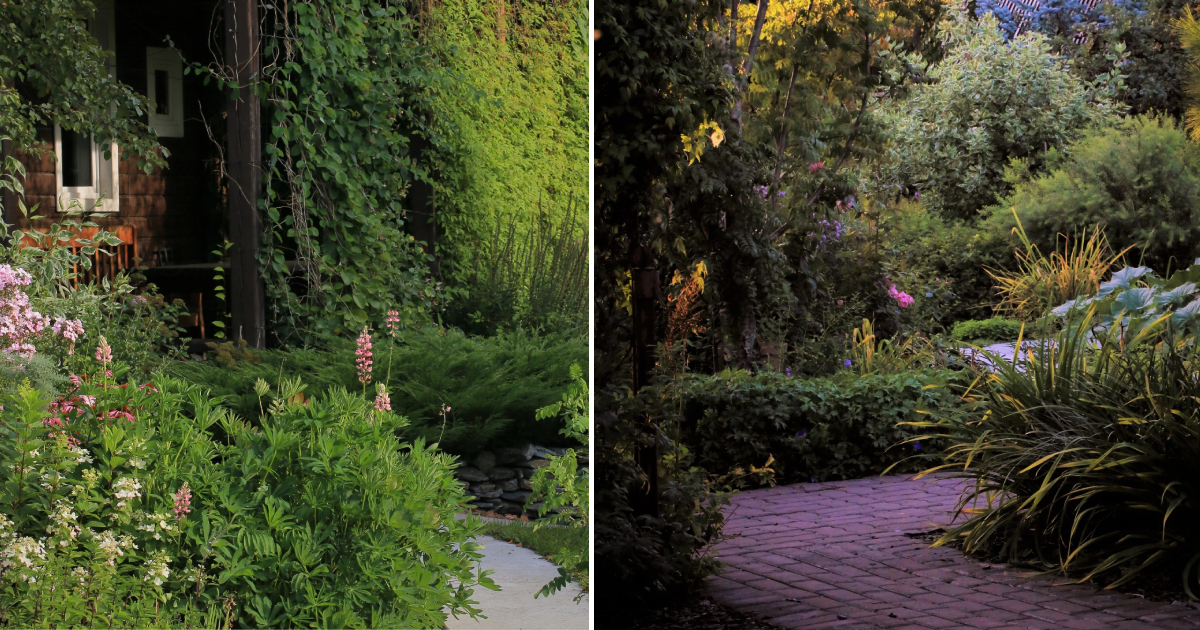
Vladimir and Lilia Maltsev, a pre-retirement couple from Novosibirsk, have created a stunning natural-style garden with their own hands. They began planting in 2005, and now the garden is 18 years old, occupying a 16-acre plot in a country village.
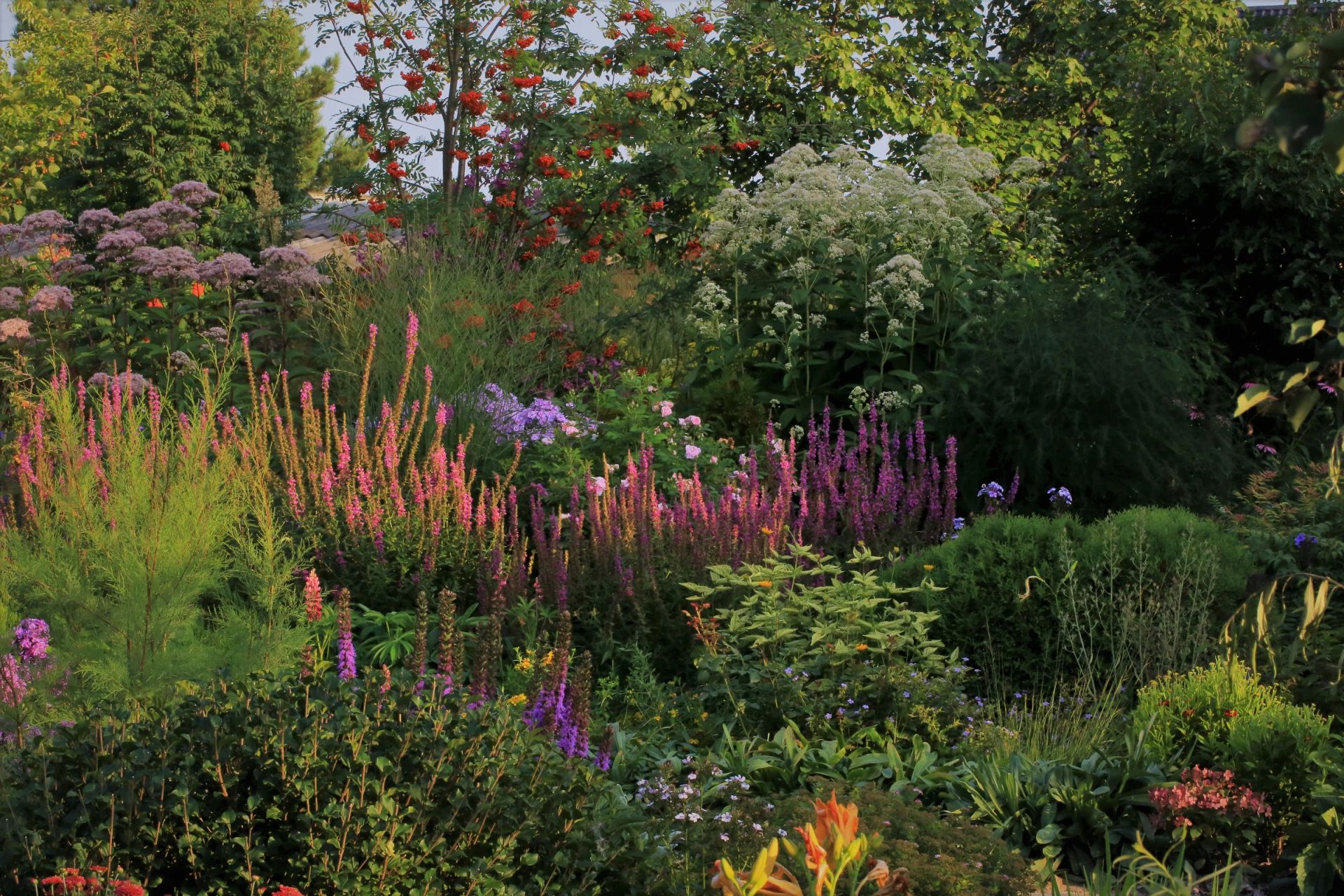
In 2003, when our old plot became too cramped (it was only 4 acres), we bought an abandoned piece of land that was four times larger. Builders constructed a house, a bathhouse, and paved pathways, and in 2005, we started working on the garden.
On the western side of the plot, there is a stream with standing water. Its water level is inconsistent, rising and falling depending on rainfall and the level of the Ob River, which is 700 meters away. The terrain has a slight slope towards the stream, and the banks are quite steep. The entire plot is well-illuminated, with only the structures and fence providing shade.
We didn’t receive any formal training in landscape design, nor do we consider ourselves experts. We made many mistakes during the creation of the garden, and we haven’t fixed them all yet. Undoubtedly, we will make more mistakes in the future. We’ve seen true masterpieces while traveling in England and Japan, and it’s impossible to replicate them. We can only draw inspiration from them and strive to improve our own garden. We also read descriptions and look at photographs of gardens, including your stories about gardens in the online publication gardener, which also teach us.
The garden has several zones. The front area features a wide, straight pathway paved with artificial paving stones, connecting the gate to the house. There is a large lawn in front of the terrace for relaxation. We also have a vegetable garden occupying about an acre, consisting of raised beds without greenhouses. And, of course, there is a utility zone, including an auxiliary building and a concrete area for working with planting materials.
Considering our negative experience with grassy pathways at the old plot, I decided to install a network of pathways made of artificial paving stones on the new plot. Over time, we became disillusioned with it as we struggled to keep the grass from growing in the gaps. I am gradually replacing the pathways with poured concrete. I planned the network of pathways myself, aiming to connect all the zones.
When selecting trees, we considered their decorative value, durability, and size. In the lower layer, we have decorative shrubs such as spiraea, hydrangea, lilac, and dogwood. While incorporating them into our compositions, we primarily focused on their flowering and foliage.
When planting perennials, we try to follow some simple rules: we plant harmoniously matching colored plants together in compositions, mostly using traditional species, and, of course, we observe layering in the flower beds.
We have no restrictions or dislikes for any particular flowers. My wife prefers a pink palette, while I enjoy green.
We appreciate ornamental grasses for their resilience and variety; they easily complement many perennial plants.
In our garden, Imperata overwinters without cover and grows vigorously. It’s our favorite!
The steps are made of granite slabs. The stone masonry, in my opinion, could be better, but I haven’t had the time to redo it yet.
Vertical greening is my passion, but my wife doesn’t support it. In 2022, we said goodbye to moonseed due to its aggressiveness. I lean towards clematis and monkshood, and hound’s-tongue.
We plant Group 3 pruning clematis. If the plant is of good quality, it establishes without problems. Varieties like Ville de Lyon, Krakowiak, and the Siberian ones are quite vigorous.
We use pots as temporary shelter for plants until we find a spot to plant them. We also plant annuals in pots. As for forget-me-nots, they grow in gravel-filled pots by chance—a broken pot came in handy for homeless forget-me-nots.
We recently became enthusiasts of dahlias. We use them in a flower bed without geotextiles or mulch. We plant them among perennials without much thought.
In autumn, the garden undergoes a transformation. Winged euonymus, Siberian spodiopogon, maple, rowan, asparagus, and azalea add vibrant colors to the autumn garden.
